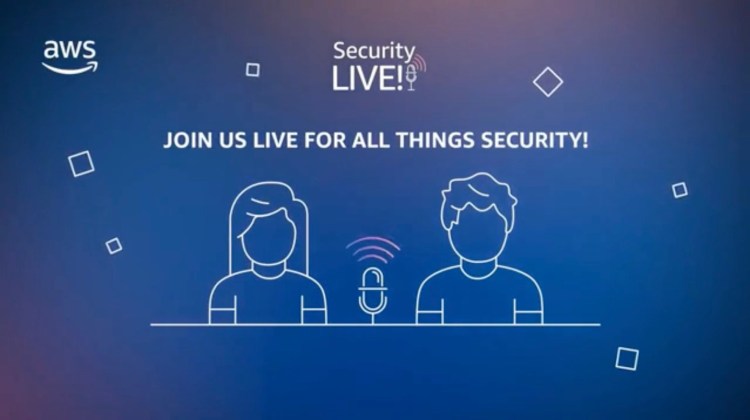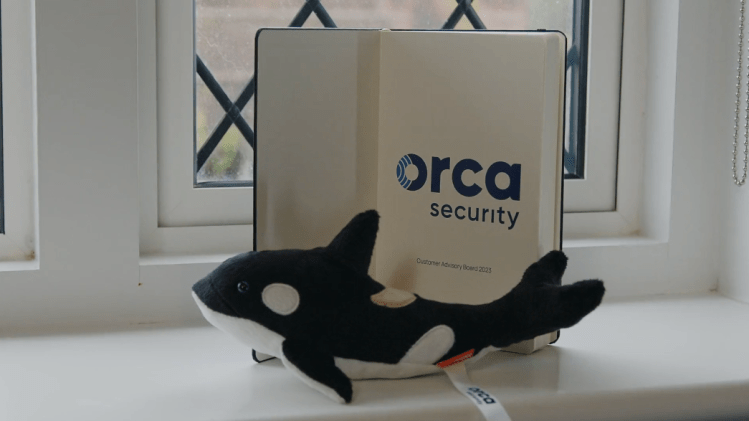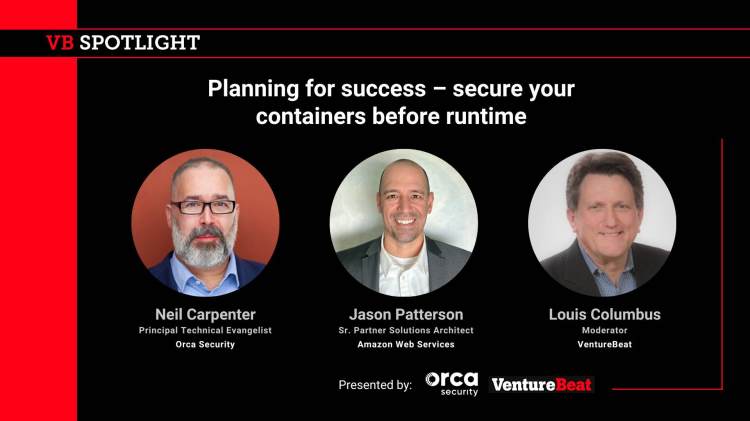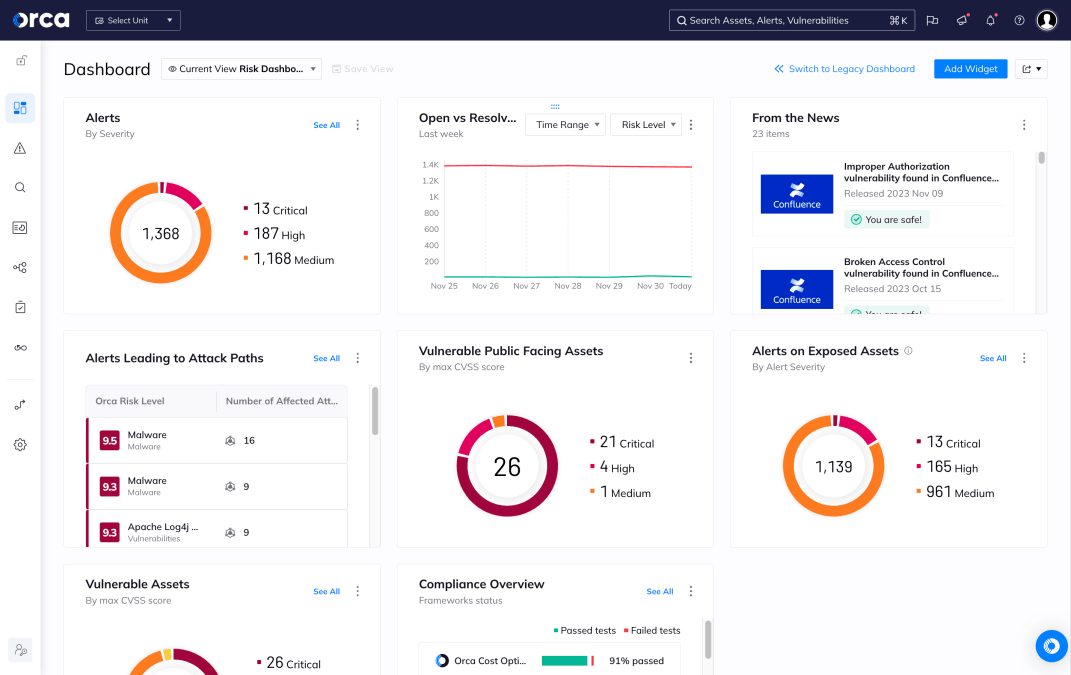video
Get to Know the Orca Cloud Security Platform
Detect, Prioritize, and Remediate Cloud Risks with the Orca Cloud Security Platform
To secure their cloud environments, organizations start by answering two fundamental questions: what are the risks in my cloud environment, and how can I put guardrails in place to prevent them from happening again? Learn how Orca Security’s cloud native application protection platform (CNAPP) allows organizations to employ a solution purpose-built for the cloud, helping your team prioritize critical risks, prevent alert fatigue, and start achieving security from day one.



